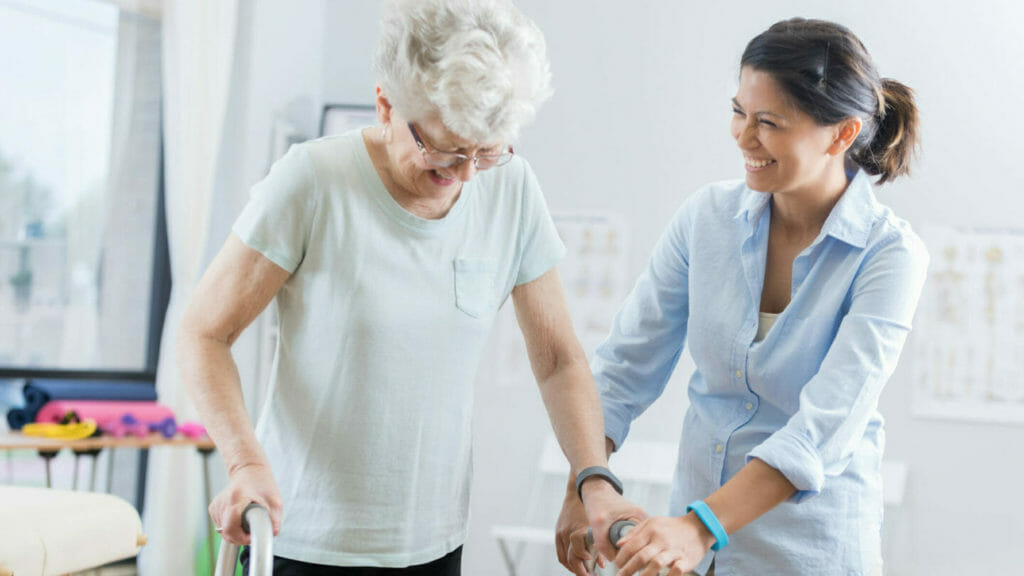
Researchers made prediction models to estimate non-spine fractures and death before the occurrence of bone breaks in an effort to determine the benefits of fracture prevention therapy for women 80 and older.
Authors said the benefits may not be as pronounced in some women because of competing risks for dying. The authors pinpointed subsets of people with different risks for both fracture and mortality to help doctors better understand who should receive osteoporosis treatments. That is, some women have a high fracture risk but low death risk, and vice versa.
The study took place within the Minneapolis VA Health Care System, and included data on 4,895 women who were over the age of 80. The women were enrolled in the Study of Osteoporotic Fractures (SOF) or the Health Aging and Body Composition (HABC) study. The scientists were able to assess predictors for fracture and death by putting people into different groups based on risks. The average age of participants was 82.6 years old in the report, which was published last Thursday in Journal of the American Geriatrics Society.
Most fractures happen in women over the age of 80, so being able to predict who could die as a result of the fracture could be helpful.
Predicting factors for fractures and dying before a fracture differed, the researchers found. Risk factors for having a non-spinal fracture include grip strength, race, prior fractures and falls; being on certain medications such as selective serotonin reuptake inhibitors, benzodiazepines or oral/transdermal estrogen; and total hip bone mineral density. Those factors differed from predictors of dying before a fracture, which included age, walking speed, multimorbidity, weight change, shrinking, smoking, self-rated health, dementia, and being on warfarin.
Within nine groups of women that the scientists defined by risk, the five-year outcomes varied from 28% fracture and 8% mortality in the high-risk fracture/low-risk mortality subset, to 9% fracture and 22% mortality in the low-risk fracture/high-risk mortality group. Similar results were seen for predictors of hip fracture and mortality before hip fracture.
The authors noted that fracture risk and life expectancy should be considered when doctors are starting or continuing osteoporosis drug therapy in women 80 and up.




